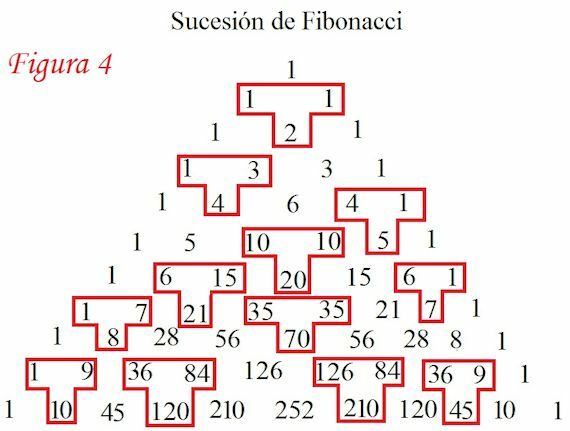The Formation Of The Earth
Story / / July 04, 2021
Giving an explanation of how the Earth was formed has divided scholars.
The hypotheses have been very varied.
Some, of which the one proposed by the German Manuel Kant, in the 18th century, is an example, have imagined that our planet, the same as the other planets and even the Sun. they were the result of an accumulation of bodies.
Another hypothesis that was widely accepted for a long time was the one made known by the French Pedro Simón de Laplace, at the end of the 18th century. According to this theory, there was at first a great nebula, made up of vapors or gases, which came to have a certain spherical shape. As said nebula began to cool, it acquired a rotary movement that caused some of the parts that, over time, became the planets, while the central mass of the nebula became the Sun. And, in turn, the satellites broke off from the planets.
The difficulties that were found in the previous theory, seemed to be proposed
new hypotheses.
One of them, that of the English astronomers Chamberlain and Mouiton, claims that there was one. primitive nebula, which condensed into a nucleus or central mass, which was the Sun; But another star, which passed very close to him, upset him in a certain way with the attraction of him, and the Sun for this reason suffered very high tides that gave rise to the release of gaseous matters. Such gaseous materials later became planets.
The idea of an influence exerted by a star near the Sun is, in general, dominant in modern theories which try to explain the formation of the Earth and the planets, even though neither is fully satisfactory.

